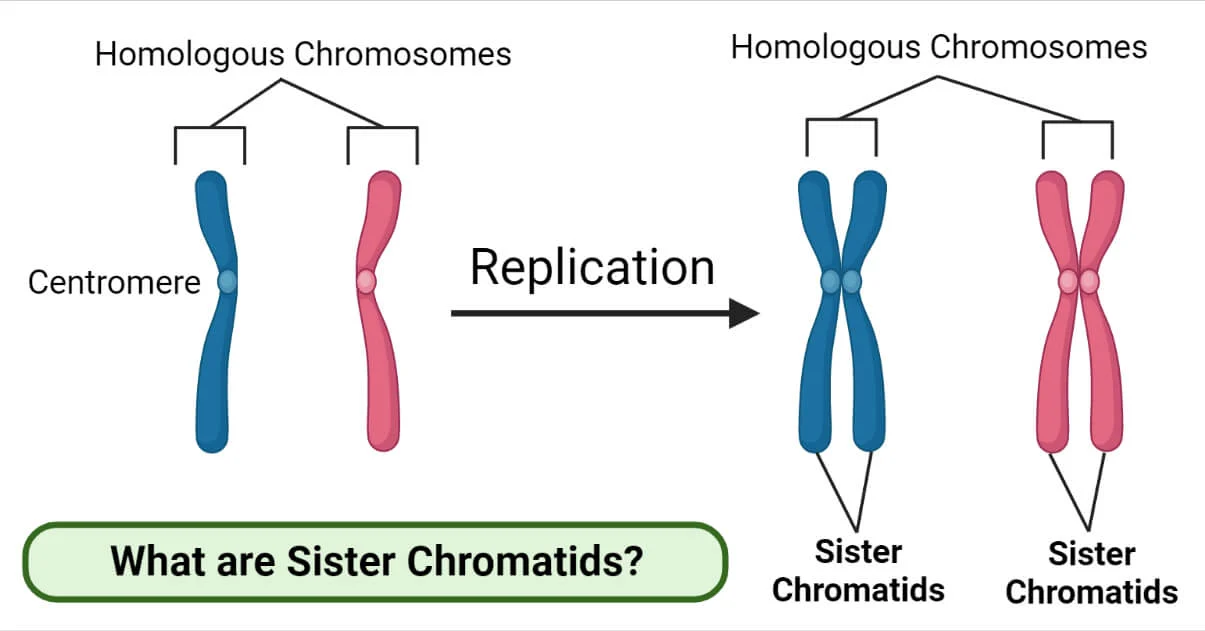Genetics Exam 1
1/103
Name | Mastery | Learn | Test | Matching | Spaced |
|---|
No study sessions yet.
104 Terms

\
reciprocal cross
in two crosses, first take a affected male and breed with a unaffected female, then, in the reciprocal cross, take a unaffected male and breed with a affected female. if ratios are different between crosses, it tells you the gene is X linked
X linked traits
can impact both males and females
Y linked traits
exclusively impact males
holandric genes
genes only found on Y chromosomes
SRY genes
found on Y chromosome in mammals, gene activation causes testosterone boost to signal male sex development
pseudoautosomal
fake autosomal inheritance so it looks autosomal, but truly is not
mic 2 gene example
of pseudoautosomal gene
sex influenced traits
trait influenced by what sex you are, commonly found in heterozygotes
example of sex influenced trait
scurs in cattle, Sc Sc = scurs in both sexes, but Sc sc = scuts in males only.
Sex limited trait
only seen in one sex & never in another (ex: physical appearance differences)
pleiotropy
one gene that is responsible/contributes to multiple different phenotypes
CFTR mutations are an example of
pleiotropy
epistasis
one gene can modify the effects of a completely different gene (multiple genes contributing to a common pathway)
epistasis example
phenotype of purple pigment is only expressed when complementation occurs in white pea plants
maternal effect genes
non mandelian inheritance pattern, only thing that influences phenotype of offspring is the genotype of the mother